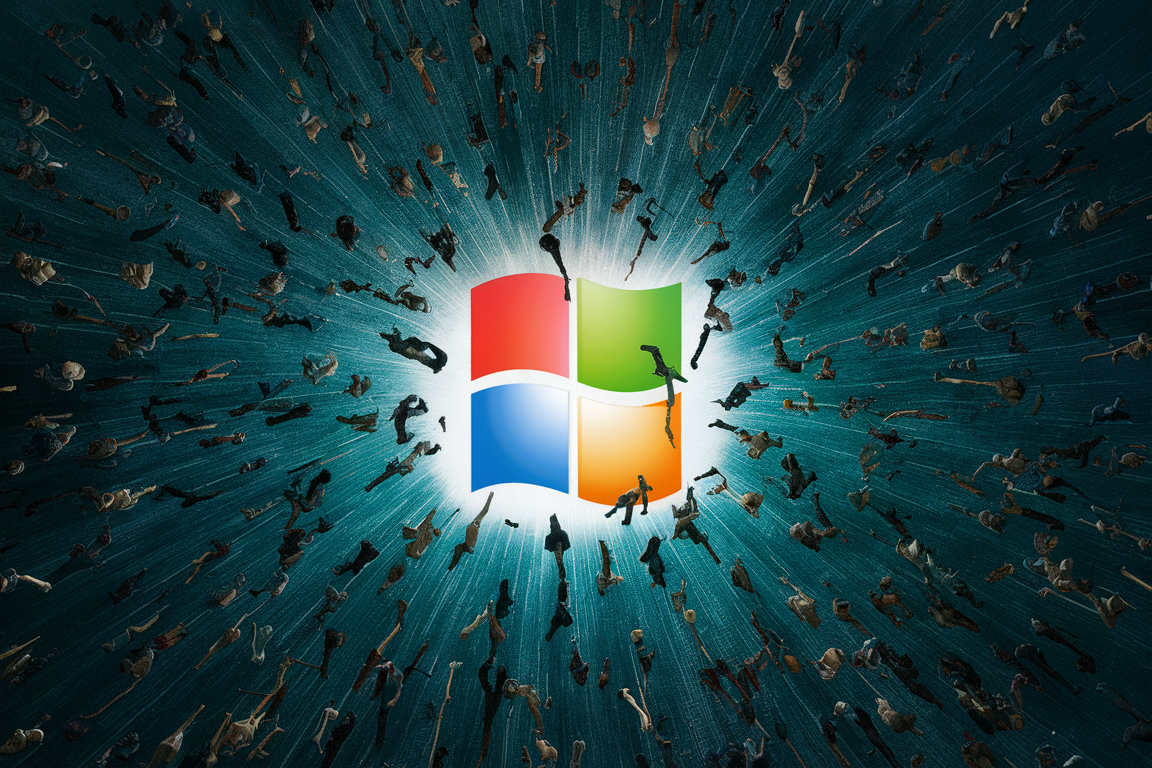 SECURITY
SECURITY
 SECURITY
SECURITY
 SECURITY
SECURITY
Microsoft Corp. has revealed that an estimated 8.5 million computers were affected by a CrowdStrike Holdings Inc. update that caused widespread global outages on Friday. This incident raises questions about how many computers were affected by CrowdStrike, as both companies continue to assist those impacted.
The disruption caused by an update to CrowdStrike’s Falcon security software spread globally throughout Friday. It took banks, airlines, government services and more offline, complete with a Windows “blue screen of death”. Although investigations revealed that the flaw was not a cybersecurity breach, it appeared to stem from incompetence. The ramifications — including ongoing delays and issues with systems — continued through Sunday and could extend further into the week.
In a blog post on Saturday, Microsoft said that though it was “not a Microsoft incident,” it helped customers recover with technical guidance and support to safely bring disrupted systems back online. To assist those affected, Microsoft has deployed hundreds of engineers and experts to work directly with customers.
Microsoft is also working with other cloud providers and stakeholders, including Google Cloud Platform and Amazon Web Services Inc.. They aim to share awareness of the impact across the industry and to “inform ongoing conversations with CrowdStrike and customers.”
“We’re working around the clock and providing ongoing updates and support,” David Weston, vice president of enterprise and OS security at Microsoft, said in the blog post. “Additionally, CrowdStrike has helped us develop a scalable solution that will help Microsoft’s Azure infrastructure accelerate a fix for CrowdStrike’s faulty update.”
Weston said that software updates sometimes cause disturbances, but major incidents like this one are ‘infrequent’. He explained that the update affected fewer than 1% of all Windows machines. However, CrowdStrike’s widespread use in critical services amplified the economic and societal impact.
“This incident demonstrates the interconnected nature of our broad ecosystem — global cloud providers, software platforms, security vendors and other software vendors, and customers,” Weston added. “It’s also a reminder of how important it is for all of us across the tech ecosystem to prioritize operating with safe deployment and disaster recovery using the mechanisms that exist.”
The chaos caused by the CrowdStrike update was also a theme covered by theCUBE analyst Dave Vellante, who wrote on Saturday that the outage underscores the fragility of our connected world and the critical infrastructure that makes it run.
There is no question that CrowdStrike’s update caused the outage. However, some are questioning whether Microsoft should share some of the blame.
“This incident is Microsoft’s fault, not CrowdStrike’s fault,” J.J. Guy, chief executive officer of exposure management company Sevco Security Inc., told SiliconANGLE. “Yes, CrowdStrike pushed a kernel-level update that causes widespread blue screens. Yes, that should have been caught during QA and I’m sure we will get an after-action report that details why release procedures didn’t catch it. But software bugs happen. They are unavoidable — even for top-tier shops like CrowdStrike.
“This is a high-impact incident not because there was a blue screen, but because it causes repeated blue screens on reboot and [appears as of now] to require manual, command-line intervention on each box to remediate, and it’s even harder if BitLocker is enabled,” Guy added. “That is the result of poor resiliency in the Microsoft Windows operating system. Any software causing repeated failures on boot should not be automatically reloaded. We’ve got to stop crucifying CrowdStrike for one bug, when it is the OS’ behavior that is causing the repeated, systemic failures.”
Support our mission to keep content open and free by engaging with theCUBE community. Join theCUBE’s Alumni Trust Network, where technology leaders connect, share intelligence and create opportunities.
Founded by tech visionaries John Furrier and Dave Vellante, SiliconANGLE Media has built a dynamic ecosystem of industry-leading digital media brands that reach 15+ million elite tech professionals. Our new proprietary theCUBE AI Video Cloud is breaking ground in audience interaction, leveraging theCUBEai.com neural network to help technology companies make data-driven decisions and stay at the forefront of industry conversations.